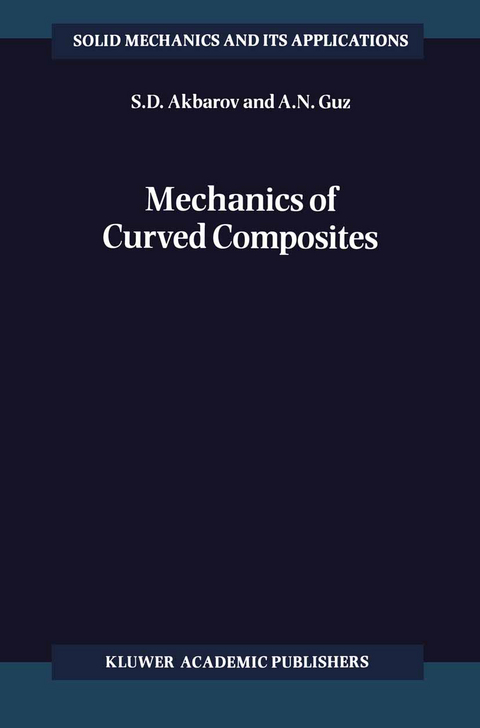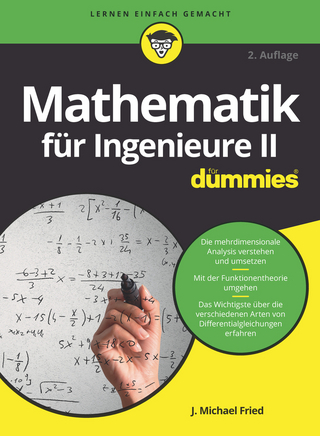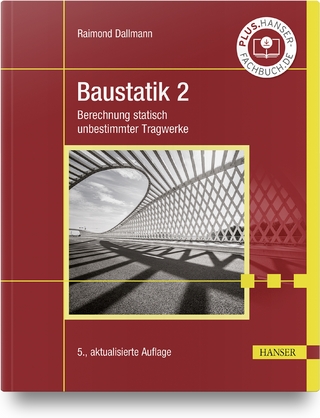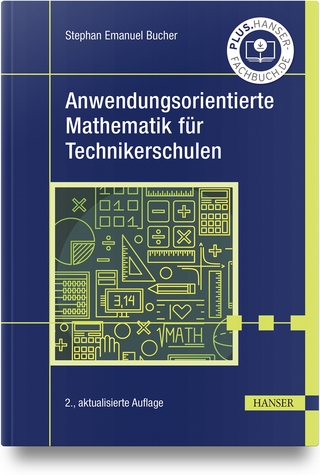
Mechanics of Curved Composites
Springer-Verlag New York Inc.
978-1-4020-0383-7 (ISBN)
1.1. Types of composite materials.- 1.2. Specific curving of reinforcing elements.- 1.3. Background and brief review.- 1. Plane-curved Composites.- 1.1. Classical theories.- 1.2. Basic equations and boundary conditions.- 1.3. Constitutive relations.- 1.4. Displacement equations; formulation and solution.- 1.5. Example for exact solution.- 1.6. Vibration problems.- 1.7. Quasi-homogeneous stress states corresponding to pure shears.- 1.8. Quasi-homogeneous states corresponding to tension-compression.- 1.9. Some detailed results on quasi-homogeneous states.- 1.10. Composites with large-scale curving.- 1.11. Bibliographical notes.- 2. General curved composites.- 2.1. Some preliminary remarks on geometry.- 2.2. Constitutive relations.- 2.3. Explicit constitutive relations for small curving.- 2.4. Displacements equations for small curving; formulation and solution.- 2.5. Example of the small parameter method.- 2.6. An exact solution.- 2.7. Pure shear of composite materials.- 2.8. Quasi-homogeneous stress state corresponding to triaxial tension-compression.- 2.9. Approximate results for layered composites.- 2.10. The applicability of the proposed approach.- 2.11. Bibliographical notes.- 3. Problems for curved composites.- 3.1. Bending of a strip.- 3.2. Bending of a rectangular plate.- 3.3. Vibration problems.- 3.4. Bibliographical notes.- 4. Plane-strain state in periodically curved composites.- 4.1. Formulation.- 4.2. Method of solution.- 4.3. Stress distribution in composites with alternating layers.- 4.4. Stress distribution in composites with partially curved layers.- 4.5. Viscoelastic composites.- 4.6. Stress distribution in composites with viscoelastic layers.- 4.7. Composite materials with anisotropic layers.- 4.8. Numerical results: rectilinear anisotropy.- 4.9. Numerical results: curvilinear anisotropy.- 4.10. Bibliographical notes.- 5. Composites with spatially periodic curved layers.- 5.1. Formulation.- 5.2. The equation of contact surfaces.- 5.3. The presentation of the governing relations in series form.- 5.4. Method of solution.- 5.5. Stress distribution.- 5.6. Bibliographical notes.- 6. Locally-curved composites.- 6.1. Formulation.- 6.2. Method of solution.- 6.3. Composite with alternating layers.- 6.4. The influence of local curving form.- 6.5. Bibliographical notes.- 7. Fibrous composites.- 7.1. Formulation.- 7.2. Method of solution for lower fiber concentration.- 7.3. Method of solution for higher fiber concentrations.- 7.4. Numerical results.- 7.5. Screwed fibers in an elastic matrix.- 7.6. Bibliographical notes.- 8. Geometrically non-linear problems.- 8.1. Formulation. Governing relations and equations.- 8.2. Method of solution.- 8.3. Numerical results.- 8.4. Bibliographical notes.- 9. Normalized modulus elasticity.- 9.1. Basic equations.- 9.2. Normalized moduli.- 9.3. Numerical results.- 9.4. Bibliographical notes.- 10. Fracture problems.- 10.1. Fiber separation.- 10.2. Crack problems.- 10.3. Fracture in compression.- 10.4. Bibliographical notes.- Supplement 1. Viscoelastic unidirectional composites in compression.- 5.1.1. Fracture of unidirectional viscoelastic composites in compression.- 5.1.2. Compressive strength in compression of viscoelastic unidirectional composites.- 5.1.3. Bibliographical notes.- Supplement 2. Geometrical non-linear and stability problems.- 5.2.1. Geometrical non-linear bending of the strip.- 5.2.2. Stability loss of the strip.- 5.2.3. Bibliographical notes.- References.- References Supplement.
| Reihe/Serie | Solid Mechanics and Its Applications ; 78 |
|---|---|
| Zusatzinfo | XVI, 448 p. |
| Verlagsort | New York, NY |
| Sprache | englisch |
| Maße | 155 x 235 mm |
| Themenwelt | Mathematik / Informatik ► Mathematik ► Angewandte Mathematik |
| Naturwissenschaften ► Physik / Astronomie ► Mechanik | |
| Technik ► Maschinenbau | |
| ISBN-10 | 1-4020-0383-8 / 1402003838 |
| ISBN-13 | 978-1-4020-0383-7 / 9781402003837 |
| Zustand | Neuware |
| Haben Sie eine Frage zum Produkt? |
aus dem Bereich


